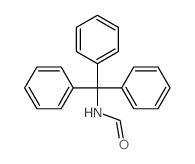76-84-6
| Name | Triphenylmethanol |
|---|---|
| Synonyms |
Benzenemethanol, α,α-diphenyl-
TRIPHENYLCARBINOL Ih-Tetrazole PH3C-OH Methanol, triphenyl- (8CI) Triphenylmethanol Methanol, triphenyl- Tritylcarbinol EINECS 200-988-5 TRT-OH α,α-Diphenyl-benzylalcohol diphenyl-phenyl carbinol triphenyl methanol Tritanol trityl alcohol Triphenylmethyl alcohol triphenylcarbinole BL 3756 MFCD00004445 |
| Density | 1.1±0.1 g/cm3 |
|---|---|
| Boiling Point | 380.0±0.0 °C at 760 mmHg |
| Melting Point | 160-163 °C(lit.) |
| Molecular Formula | C19H16O |
| Molecular Weight | 260.330 |
| Flash Point | 168.7±15.9 °C |
| Exact Mass | 260.120117 |
| PSA | 20.23000 |
| LogP | 4.59 |
| Vapour Pressure | 0.0±0.9 mmHg at 25°C |
| Index of Refraction | 1.622 |
| Storage condition | Store at RT. |
| Stability | Stable. Combustible. Incompatible with oxidizing agents, acids, acid chlorides, acid anhydrides. |
| Water Solubility | INSOLUBLE |
Synonym:Triphenylcarbinol; Trityl alcoho Section 2 - COMPOSITION, INFORMATION ON INGREDIENTS
Risk Phrases: None Listed. Section 3 - HAZARDS IDENTIFICATION EMERGENCY OVERVIEW
The toxicological properties of this material have not been fully investigated. Potential Health Effects Eye: May cause eye irritation. Skin: May cause skin irritation. Ingestion: May cause irritation of the digestive tract. The toxicological properties of this substance have not been fully investigated. Inhalation: May cause respiratory tract irritation. The toxicological properties of this substance have not been fully investigated. Chronic: None Section 4 - FIRST AID MEASURES Eyes: Immediately flush eyes with plenty of water for at least 15 minutes, occasionally lifting the upper and lower eyelids. Get medical aid. Skin: Get medical aid if irritation develops or persists. Flush skin with plenty of soap and water. Ingestion: If victim is conscious and alert, give 2-4 cupfuls of milk or water. Never give anything by mouth to an unconscious person. Get medical aid. Inhalation: Remove from exposure and move to fresh air immediately. Get medical aid if cough or other symptoms appear. Notes to Physician: Section 5 - FIRE FIGHTING MEASURES General Information: As in any fire, wear a self-contained breathing apparatus in pressure-demand, MSHA/NIOSH (approved or equivalent), and full protective gear. Extinguishing Media: In case of fire, use water, dry chemical, chemical foam, or alcohol-resistant foam. Section 6 - ACCIDENTAL RELEASE MEASURES General Information: Use proper personal protective equipment as indicated in Section 8. Spills/Leaks: Sweep up or absorb material, then place into a suitable clean, dry, closed container for disposal. Avoid generating dusty conditions. Section 7 - HANDLING and STORAGE Handling: Wash thoroughly after handling. Use with adequate ventilation. Minimize dust generation and accumulation. Avoid contact with eyes, skin, and clothing. Keep container tightly closed. Avoid ingestion and inhalation. Storage: Store in a tightly closed container. Store in a cool, dry, well-ventilated area away from incompatible substances. Section 8 - EXPOSURE CONTROLS, PERSONAL PROTECTION Engineering Controls: Use adequate ventilation to keep airborne concentrations low. Exposure Limits CAS# 76-84-6: Personal Protective Equipment Eyes: Wear appropriate protective eyeglasses or chemical safety goggles as described by OSHA's eye and face protection regulations in 29 CFR 1910.133 or European Standard EN166. Skin: Wear appropriate gloves to prevent skin exposure. Clothing: Wear appropriate protective clothing to prevent skin exposure. Respirators: Follow the OSHA respirator regulations found in 29 CFR 1910.134 or European Standard EN 149. Use a NIOSH/MSHA or European Standard EN 149 approved respirator if exposure limits are exceeded or if irritation or other symptoms are experienced. Section 9 - PHYSICAL AND CHEMICAL PROPERTIES Physical State: Powder Color: beige Odor: None reported. pH: Not available. Vapor Pressure: Not available. Viscosity: Not available. Boiling Point: 380 deg C @ 760.00mmHg Freezing/Melting Point: 164.2 deg C Autoignition Temperature: Not available. Flash Point: Not available. Explosion Limits, lower: Not available. Explosion Limits, upper: Not available. Decomposition Temperature: Solubility in water: insoluble Specific Gravity/Density: 1.199 Molecular Formula: C19H16O Molecular Weight: 260.32 Section 10 - STABILITY AND REACTIVITY Chemical Stability: Stable under normal temperatures and pressures. Conditions to Avoid: Incompatible materials, strong oxidants. Incompatibilities with Other Materials: Acids - acid chlorides - acid anhydrides - oxidizing agents. Hazardous Decomposition Products: Carbon monoxide, irritating and toxic fumes and gases, carbon dioxide. Hazardous Polymerization: Has not been reported. Section 11 - TOXICOLOGICAL INFORMATION RTECS#: CAS# 76-84-6 unlisted. LD50/LC50: Not available. Carcinogenicity: Triphenylmethanol - Not listed by ACGIH, IARC, or NTP. Section 12 - ECOLOGICAL INFORMATION Section 13 - DISPOSAL CONSIDERATIONS Dispose of in a manner consistent with federal, state, and local regulations. Section 14 - TRANSPORT INFORMATION IATA Not regulated as a hazardous material. IMO Not regulated as a hazardous material. RID/ADR Not regulated as a hazardous material. Section 15 - REGULATORY INFORMATION European/International Regulations European Labeling in Accordance with EC Directives Hazard Symbols: Not available. Risk Phrases: Safety Phrases: S 24/25 Avoid contact with skin and eyes. WGK (Water Danger/Protection) CAS# 76-84-6: 2 Canada CAS# 76-84-6 is listed on Canada's DSL List. CAS# 76-84-6 is not listed on Canada's Ingredient Disclosure List. US FEDERAL TSCA CAS# 76-84-6 is listed on the TSCA inventory. SECTION 16 - ADDITIONAL INFORMATION N/A |
| Personal Protective Equipment | dust mask type N95 (US);Eyeshields;Gloves |
|---|---|
| Hazard Codes | Xi:Irritant; |
| Risk Phrases | R38 |
| Safety Phrases | S22-S24/25 |
| RIDADR | NONH for all modes of transport |
| WGK Germany | 3 |
| HS Code | 29062900 |
| Precursor 10 | |
|---|---|
| DownStream 10 | |
| HS Code | 29062900 |
|---|


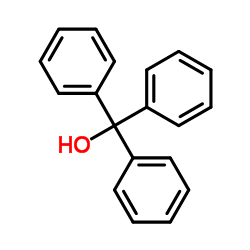
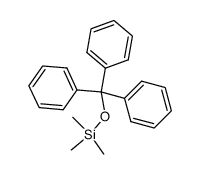
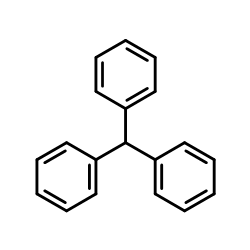
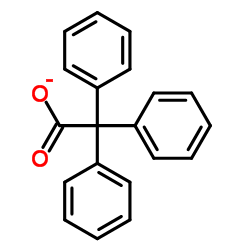
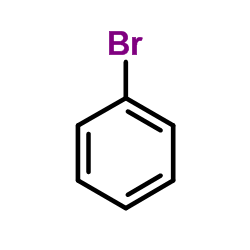
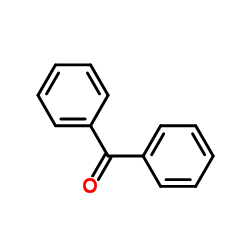


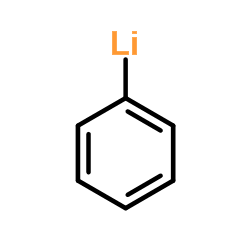
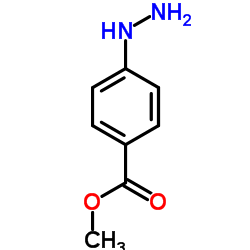
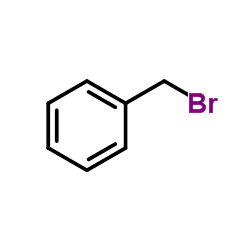
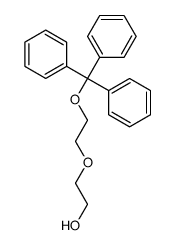


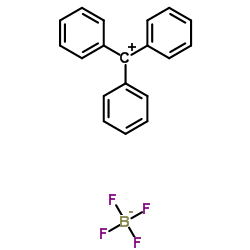
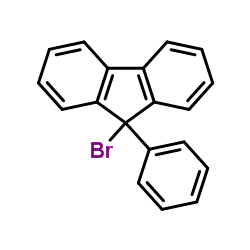
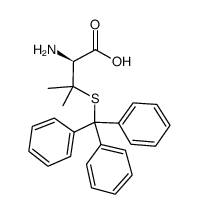
![methanesulfonic acid,2-[2-[2-(2-trityloxyethoxy)ethoxy]ethoxy]ethanol structure](https://image.chemsrc.com/caspic/473/146462-60-4.png)


